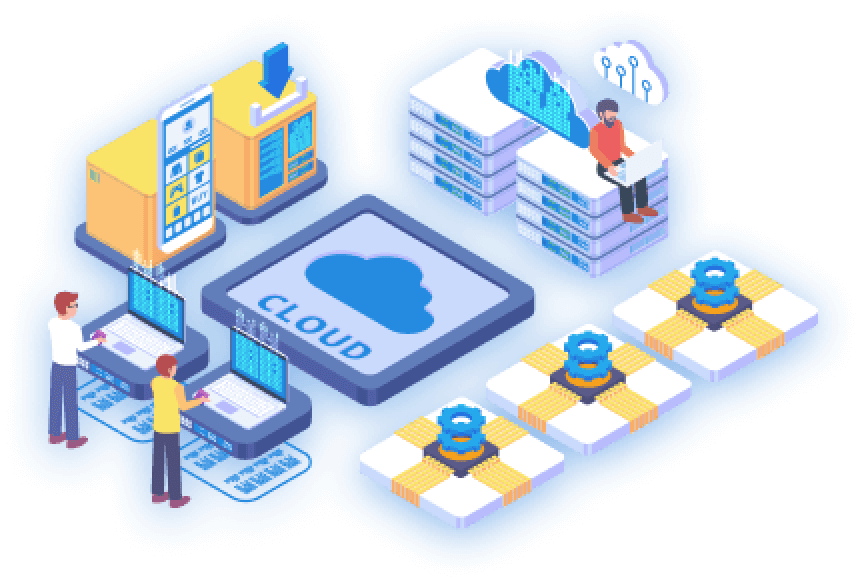Cost optimization is a crucial aspect of cloud computing, and AWS provides a robust framework and a comprehensive suite of tools to help you achieve this goal. The Well-Architected Framework, a set of best practices for designing and operating cloud infrastructure, emphasizes cost optimization as one of its five pillars. This underscores the importance of incorporating cost-effective strategies from the outset.
Understanding Your Spending
The foundation of any successful cost optimization strategy is a thorough understanding of your spending patterns. AWS provides tools like Cost Explorer to track costs over time, identify cost drivers, and analyze spending trends. By gaining insights into your spending habits, you can pinpoint areas where adjustments can be made to maximize your cloud investment.
Choosing the Right Pricing Model
AWS offers a variety of pricing models, each tailored to different usage patterns and needs. On-Demand Instances provide flexibility for spiky workloads, while Reserved Instances offer significant discounts for steady-state usage. Savings Plans allow you to commit to an hourly spend rate for maximum savings, and Spot Instances provide access to spare compute capacity at a fraction of the on-demand cost. Selecting the appropriate pricing model for your specific workloads is essential for optimizing your overall spending.
For instance, thanks to the AWS Savings Plan, TF Value Mart slashed their Amazon EC2 instance costs by an incredible 35%! This game-changing strategy supercharged their cloud efficiency and unlocked significant savings, allowing them to reinvest in innovation and growth.
Rightsizing Your Resources
Ensuring that you are using the right size and type of resources for your workloads is another key aspect of cost optimization. Over-provisioning can lead to unnecessary expenses, while under-provisioning can hinder performance. AWS Compute Optimizer analyzes your EC2 instance usage and recommends optimal instance types to ensure you are utilizing resources efficiently.
Optimizing Your Storage
Storage costs can quickly accumulate if not managed effectively. AWS offers a range of storage classes, each with different price and performance characteristics. Choosing the right storage class for your data and implementing lifecycle management policies to move data to cheaper storage tiers when it is no longer actively used can significantly reduce your storage costs.
Using Managed Services
Managed services can streamline your operations and reduce costs by offloading the operational burden of managing your infrastructure. AWS offers a wide array of managed services, such as Amazon RDS for databases, Amazon S3 for storage, and AWS Lambda for serverless computing. By leveraging these services, you can free up your resources to focus on your core business objectives.
Monitoring Your Costs
Continuous monitoring is essential to maintain cost optimization. AWS Budgets allows you to set budgets and track your spending, while AWS Cost Anomaly Detection uses machine learning to identify unusual spending patterns and alert you to potential cost anomalies. By actively monitoring your costs, you can proactively address any issues that may arise.
Additional Cost Optimization Strategies
AWS provides a comprehensive suite of tools and features to support your cost optimization efforts. The AWS Cost Optimization Hub provides a central location to find and implement cost optimization recommendations. AWS Cost Categories allows you to categorize and track your costs by application, department, or other criteria. Tagging your resources can help you track costs and identify areas for savings. Implementing a cost allocation strategy can help you track costs and ensure that different teams are accountable for their spending. Regularly reviewing your AWS costs is crucial to identify any potential issues and ensure you are following best practices.
Conclusion
Cost optimization is an ongoing journey that requires continuous monitoring and adjustment. By implementing the best practices and strategies outlined in this blog, you can effectively manage and optimize your AWS costs, ensuring that you are getting the most value out of your cloud investment. Remember, cost optimization is not just about reducing costs; it’s about aligning your cloud spending with your business goals and maximizing the return on your cloud investment.







